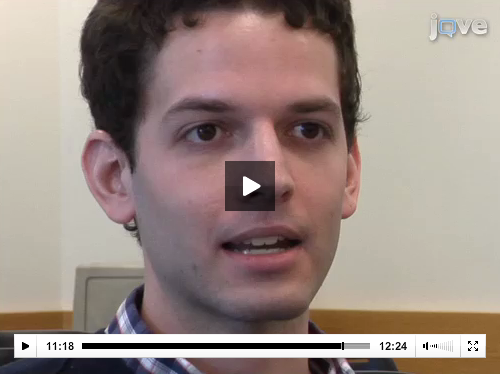
Written by Hamid Dehghani in 2001, Near-Infrared Fluorescence and
Spectral Tomography (NIRFAST) is an open source software package that allows users to model Near-Infrared light transport in tissue. Currently, Michael Jermyn, a graduate student in Dartmouth’s Optics in Medicine Laboratory, is moving the program to an open source platform and developing a number of new user interfaces and tools.
Since the first version of Nirfast was released, members of the Optics in Medicine Laboratory have modified the software package to increase performance, reliability, usability, and flexibility to different systems. Both the functional information provided by Nirfast and the visualization of detailed anatomic information can allow for better assessment of cancerous tumors in vivo. This information improves the prognosis for patients diagnosed with breast cancer by increasing the effectiveness of preliminary treatment methods.

While a number of graduate students have contributed to the development of Nirfast, Jermyn worked to refine the interface of the program by improving its PYTHON based tools as a 2011-12 Neukom Graduate Fellow. Last year, Jermyn also transferred the program to a truly open source shareware mode. Now, developers from around the world are able to download the software package for free, modify its source code, and upload patches to the Nirfast website.
“Though I’m currently researching photodynamic therapy light dose modeling, I still work on Nirfast regularly. This fall, we improved the program’s segmentation and mesh creation.” says Jermyn. “Also, I’ve reviewed the feedback our lab gathered at a Nirfast workshop that we ran at last year’s Optics Society of America (OSA) annual conference, which was held in Miami, FL. I compiled both the feedback from the conference and the patches submitted to our open-source site this summer, and released Nirfast version 7.2 online this September.”
Version 7.2 of Nirfast features improved mesh creation and mesh optimization, progress bars that track the status of the system as it renders data, added features to the program’s 3D visualization, and increased permission security.
While Nirfast was designed as a tool for imaging breast cancer, the Optics in Medicine Laboratory have used the program’s mesh generation for many projects including Fluorescence Tomography, as explained by the research group in a video published in the Journal of Visualized Experiments (JoVE) this July. When designing the program, graduate students in Opt Med lab purposely developed Nirfast to allow users to easily modify Nirfast and integrate the program into the operating systems installed on their laboratory’s imaging equipment. This design feature has enabled Nirfast users to customize the program, and effectively use its imaging capabilities for their research needs.

At this February’s Society of Photo-Optical Instrumentation Engineers’ (SPIE) Photonics West conference in San Francisco Professor Brian Pogue, Research Scientist Scott Davis, and former Optics in Medicine post doc Hamid Dehghani are teaching an introductory Nirfast workshop. This workshop is intended to help participants model multi-spectral and luminescent diffuse light propagation in both 2D and 3D geometries and incorporate Digital Imaging and Communications in Medicine (DICOM) images into detailed data models. The workshop costs $525.00 for SPIE members and $635.00 for non-members.